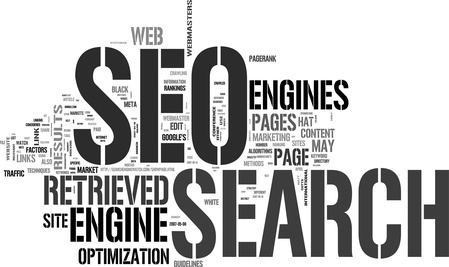
Crawl Budget, works like every budget, that is, a balance of demand and supply, in terms of the number of URLs on your website that Googlebot decides to crawl. Let’s understand it better.
What is Crawl Budget?
When Google search engine bots ‘crawl’ Web URLs, it means your server’s resources are consumed. Based on how large your website is, how frequently you update webpage content, and how much load your Web hosting provider’s server can handle, Google does some calculations (which are too technical for the scope of this guide), and prepares the ‘crawl budget.’
Why Should I Care?
For really huge websites, it’s worth spending time to understand and optimizing SEO strategies around crawl budget. Using your crawl budget for SEO optimization allows search engines to crawl and index important pages on your site. Here you will learn the ways to use your crawl budget and improve your crawl rate.
Ensure Your Web Pages are Crawlable
Take the necessary steps to ensure search engines do not face any trouble crawling your website.
Exercise caution while using AJAX and Flash, especially during navigation. These impact the crawlability of your website. Do not use both for navigation — it makes the process more complicated.
Never use JavaScript for your website navigation.
Always use non-dynamic, clean URLs.
Keep your sitemap updated at all times to guide bots easily through your site.
Limit the Number of Page Redirects
Using up your crawl budget on page redirects is a complete waste. Make sure there aren’t too many 301/302 redirect chains — that can cause the search engine bot to drop off before it reaches the page that needs crawling. Make sure your redirects are kept at a minimum. No more than two redirects should be in a chain to prevent missing out on indexing.
Always Clean Up Any Broken Links
Use the Bing Webmaster Tools or Google Search Console to access broken link reports. Identify any broken links from the report, and then sort them out to make sure search engine crawlers do not face any hiccups while scanning the website. Every time bots encounter a broken link, they move on to the next one, leaving the original page with the broken link uncrawled.
Determine How Search Engines Will Handle Your URL Parameters
Categorize specific parameters from your website URL using Bing Webmaster Tools or the Google Search Console. This helps with the crawling process. Sending any mail campaigns containing links to your site or setting up UTM tagging means extra information will be added to the back of the URL. Ensure this does not happen — in most cases it causes duplication of content. Use search engine tools to identify the parameters for indexing and the ones to ignore. Edit the suggestions and add new parameters to make sure duplicate pages are not indexed.
Locate Low Traffic Pages and Improve Your Website through Internal Linking
Connect one page of your website to another via internal linking for improved navigation, distribution of page authority, increase in user engagement and decreasing the bounce rate. Add internal links to help both users and crawlers find their way through your content.
Determine low traffic pages in the past 12 months and find out where they are linked to internally. Low content quality is usually not worth linking. Remove links temporarily and update the content. Link to them when you see more traffic.
Ensure your top pages get priority. These are pages containing your best content and they have the highest engagement rates. Determine which pages are generating revenue for your site and link more to these than other pages. Always ensure that crawlers view the top pages more frequently.
Never spread internal links too thin. Do everything you can to make sure crawlers and users find every one of your webpages. Identify the causes of low traffic pages, and improve these to bring back links into your website.
Raise Your Server Speed
Increase the speed at which the server responds to a page request. This increases the number of pages crawled by search engine bots. Never compromise on hosting since it restricts the number of pages being crawled as well as the speed.
Bots crawling through your site exert a particular amount of strain on your server. The more pages, the higher the strain. This puts a cap on the number of indexed pages. Make sure your server load times are never affected directly by search engine bots by changing the crawl rate within your search console. Use the Google Search Console tool with caution at all times. Match your server to your goals, instead of altering the search engine crawl rate with a subpar server.
The process of using the crawl budget for SEO optimization demands a moderate level of technical knowledge. The bigger your site is, the more important it is. The tips mentioned above will allow you to start using your crawl budget effectively.
Kuldeep Bisht, Inbound Marketing Consultant for SEMark, has over eight years of digital marketing experience. Throughout his career, he has helped many enterprise clients and local small businesses improve their marketing results by using strategic thinking and proven methodologies. You can follow his journey at KuldeepBisht.com.The post How to Use Crawl Budget for SEO Optimization appeared first on SiteProNews.
Source: Site Pro News
Link: How to Use Crawl Budget for SEO Optimization



Leave a Reply